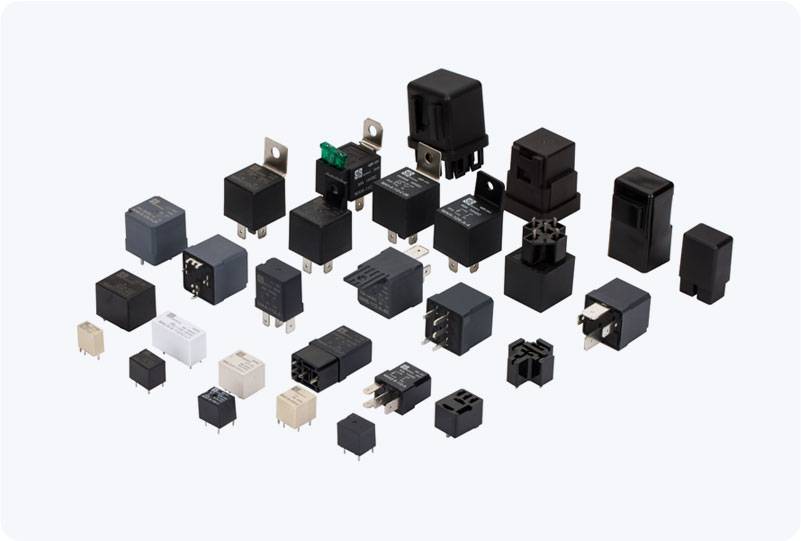In the realm of electrical engineering, the need for efficient, reliable, and long-lasting components is paramount. One such component that has gained significant attention in recent years is the Solid-State High Voltage Relay (SSHV Relay). Unlike traditional electromechanical relays, solid-state relays utilize semiconductor devices to control the opening and closing of circuits, making them an ideal choice for high voltage applications. This article aims to provide a comprehensive understanding of Solid-State HV Relays, their advantages, and various applications across different industries.

Working Principle The operation of a Solid-State HV Relay hinges on semiconductor technologies such as thyristors, transistors, and opto-isolators. When a control voltage is applied to the relay, these semiconductor devices allow current to flow through them, effectively switching the load on or off. This mechanism eliminates the need for mechanical contacts, which are typically susceptible to wear and tear. The lack of moving parts not only enhances reliability but also allows for rapid switching—a critical factor in many industrial processes. Advantages of Solid-State HV Relays Longevity and Reliability: One of the most significant benefits of Solid-State HV Relays is their extended lifespan. Traditional mechanical relays are prone to failure as their contacts wear out over time. In contrast, solid-state relays can operate for millions of cycles without degradation, making them a dependable choice for long-term applications.